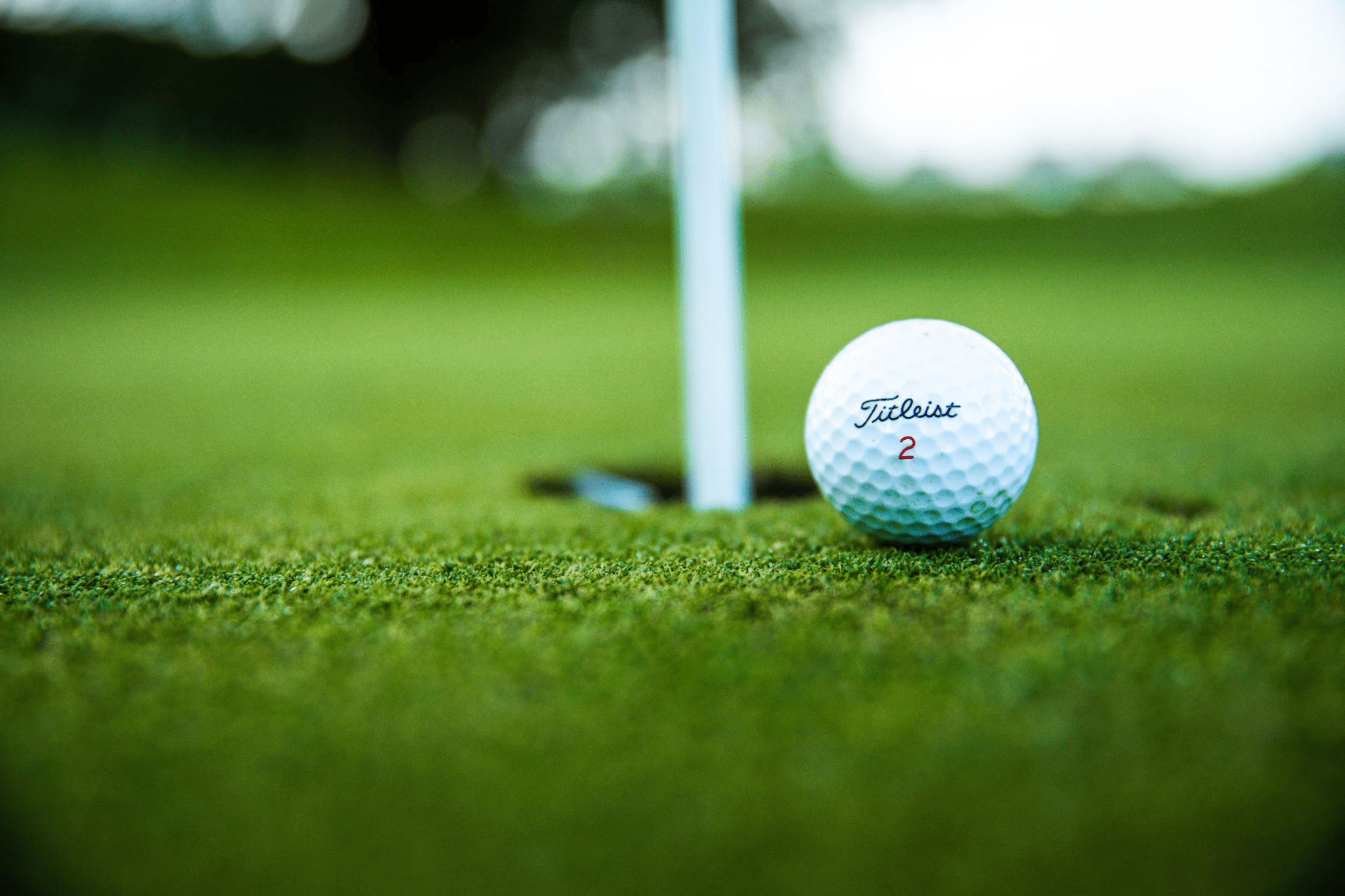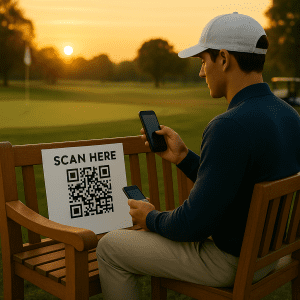In the world of high-end marketing, golf ads hold a unique place. Golfers are a lucrative, influential audience: decision-makers, affluent consumers, and loyal brand ambassadors.
But while many brands focus on sheer exposure—placing logos on carts, clubhouses, or banners—they often overlook the real advantage golf offers: the cognitive state of golfers themselves.
The neuroscience behind memory, attention, and emotional processing on a golf course creates an incredible opportunity for marketers—if they know how to tap into it.
Today, we’ll dive deep into why understanding the brain is critical to creating truly effective golf club ads, and why passive exposure isn’t enough anymore.
Golf Ads: The Unique Cognitive Environment of Golfers
Unlike crowded city streets or fast-moving transit hubs, golf courses offer a relaxed, immersive environment.
When players step onto the green, several critical neurological factors come into play:
Focused Attention
Golf demands sustained, calm concentration.
Unlike busy commuters tuning out billboard noise, golfers are in the moment, scanning their surroundings carefully—for yardage markers, ball position, wind direction, and course layout.
This heightened awareness increases the likelihood that subtle marketing cues—like well-placed golf club ads—will actually be noticed and processed.
Positive Emotional State
Playing golf often triggers:
Relaxation
Joy
A sense of achievement
Social bonding (during group games)
Psychology research shows that positive emotions enhance memory encoding.
When golfers encounter an ad in a golf club while in a good mood, they’re significantly more likely to recall the brand later.
Repetition Without Fatigue
An 18-hole round means golfers are exposed to repeated brand impressions without the fatigue often associated with traditional advertising.
Unlike a repeated TV spot that feels intrusive, ads in golf club environments feel natural, even welcomed, because of the leisure setting.
This repetition builds brand familiarity without triggering the psychological defenses people often use to block ads.
Golf Ads: Why Traditional Exposure Isn’t Enough
Marketers often think slapping a logo on a golf cart or scorecard is sufficient.
It’s not.
Golf club ads must be designed to align with the cognitive state of the audience to drive real engagement.
Mistakes brands make:
Overloading visuals with too much text
Failing to trigger emotional resonance
Placing ads in visually busy areas where golfers are less focused
Ignoring tactile opportunities (e.g., branded tees, ball markers, cooler bags)
In the calm cognitive environment of the golf course, simplicity, elegance, and subtle emotional nudges outperform flashy or aggressive branding.
Golf Ads: How to Leverage Neuroscience for Maximum Impact
If you want your golf club ad to leave a lasting mark on golfers’ memories, here’s how to align with their cognitive state:
Anchor to Positive Moments
Place ads in golf club environments at points associated with peak emotions:
Post-round clubhouses (celebration)
Beverage carts (refreshment and bonding)
Tee markers (anticipation and focus)
Aligning your brand with emotional highs enhances memory retention and brand favorability.
Use Tactile In-Hand Media
Physical interaction boosts memory encoding.
Examples of smart ads in golf club settings include:
Branded golf tees
Scorecards with integrated offers
Water bottles featuring QR codes
Ball markers with clever taglines
These tactile ads create sensory reinforcement, making the brand experience deeper and longer-lasting.
Minimalistic, Emotionally Resonant Creative
Golfers in a focused, relaxed state appreciate elegant, minimalist design:
Simple, clean logos
A single emotionally charged tagline
QR codes leading to experiential content (e.g., sweepstakes, VIP experiences)
In golf club ads, less is more—especially when your audience is already primed for deeper emotional absorption.
Subtle Repetition Across the Course
Instead of blasting one message everywhere, strategically layer impressions:
Branded tees at hole
Cooler bag branding at the halfway house
Water bottle labels during back nine play
Clubhouse signage after the round
This low-friction repetition aligns with the golfer’s journey and reinforces memory without overwhelming the senses.
Golf Ads vs Traditional OOH Ads: A Smarter Environment for Brain Engagement
Feature | Traditional OOH Ads | Golf Ads |
Audience Mood | Neutral, distracted | Positive, focused |
Environment | Noisy, fast-paced | Calm, immersive |
Brand Interaction | Passive glance | Active handling (in-hand) |
Emotional Connection | Low | High |
Memory Retention | Lower | Higher |






